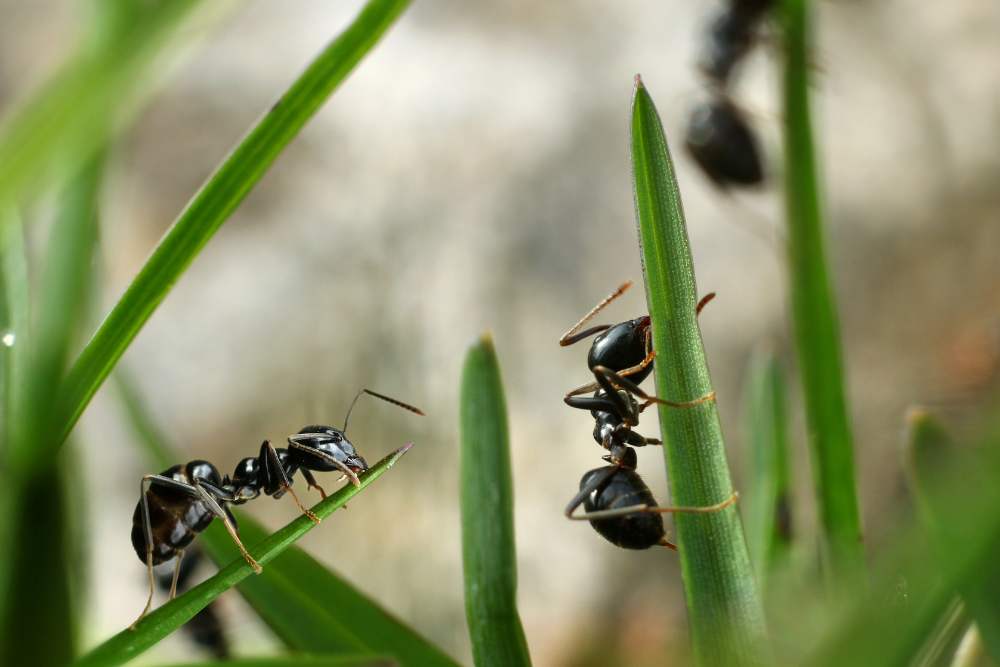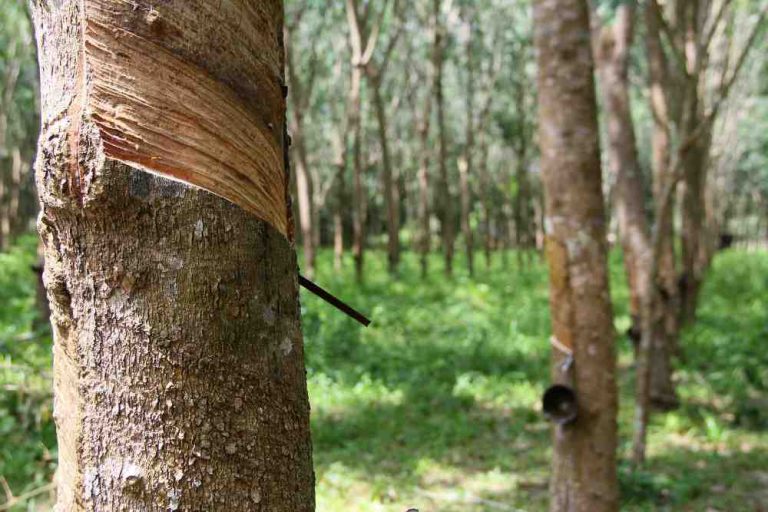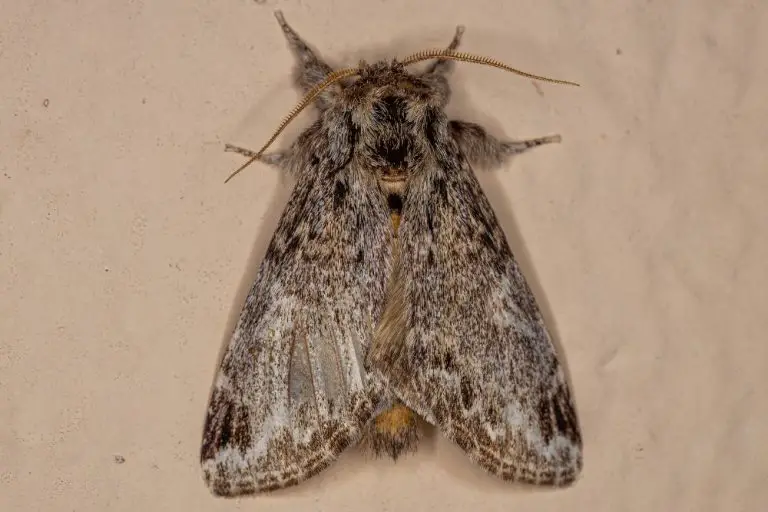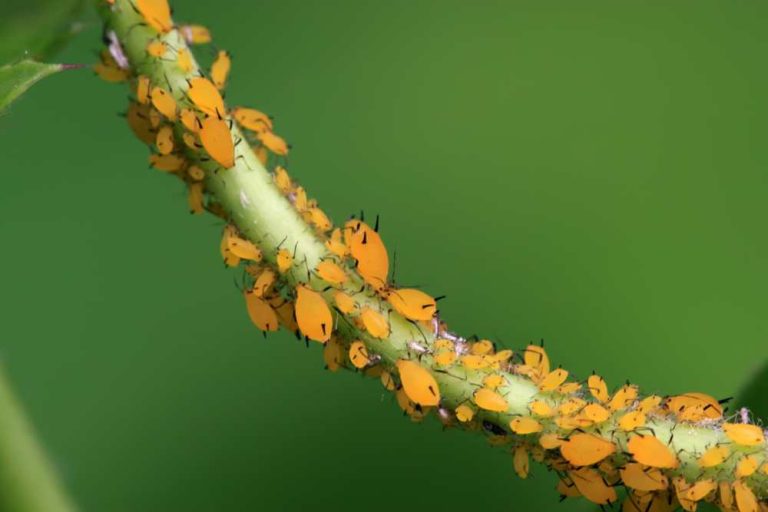Black Garden Ants: Behavior, Benefits, and Control
Black Garden Ants (Lasius niger) are widespread and largely harmless, though they can be a nuisance if they enter homes. The Common House Ant, Common Black Ant, and Tramp Ant are all names for the formicine ant species known as the Black Garden Ant. It belongs to the subgenus Lasius, which is found in areas of South America, Southeast Asia, and Australia in addition to Europe.
Black or dark brown, wingless, and 4-6 mm long these are the characteristics of black garden ant workers. They are frequently found in large numbers, either near their soil nests or trailing one another through paved areas, over walls, and inside buildings. The larger, mid-brown, and darker queen can only be seen if the nest is dug out (up to 15 mm long). Occasionally, swarms of flying ants, which are thought to be fertile males and females, can be seen.
Black garden ants primarily nest on dry soil and humus. Although they can be found in dry grasslands and heaths, their nests are most frequently found in gardens (in flower beds, lawns, and under paving stones). They travel great distances in search of food from their nests, following scent-marked trails through ground cover and soil, but most notably across concrete surfaces and into homes, where they are attracted to sugar and food waste.
They feed on a variety of things outside of human habitation, including small live insects, dead insects, nectar, seeds, and so on. Additionally, they eat the sugary excretions of aphids, certain caterpillars, and other insects that feed on sap. They frequently take care of these creatures to protect the food source from predators. Ants that have found food, particularly sweet foods, can transmit this to other ants, and if the source of food is in a kitchen, a significant number of ants will build a path to the food. Despite their unpleasant appearance, black ants do not carry diseases.
Worker ants can be seen foraging on the ground and inside houses from March to October. From July to September, the winged adults fly on particular afternoons, which are triggered by warm, humid weather and can occur simultaneously across large parts of the country.
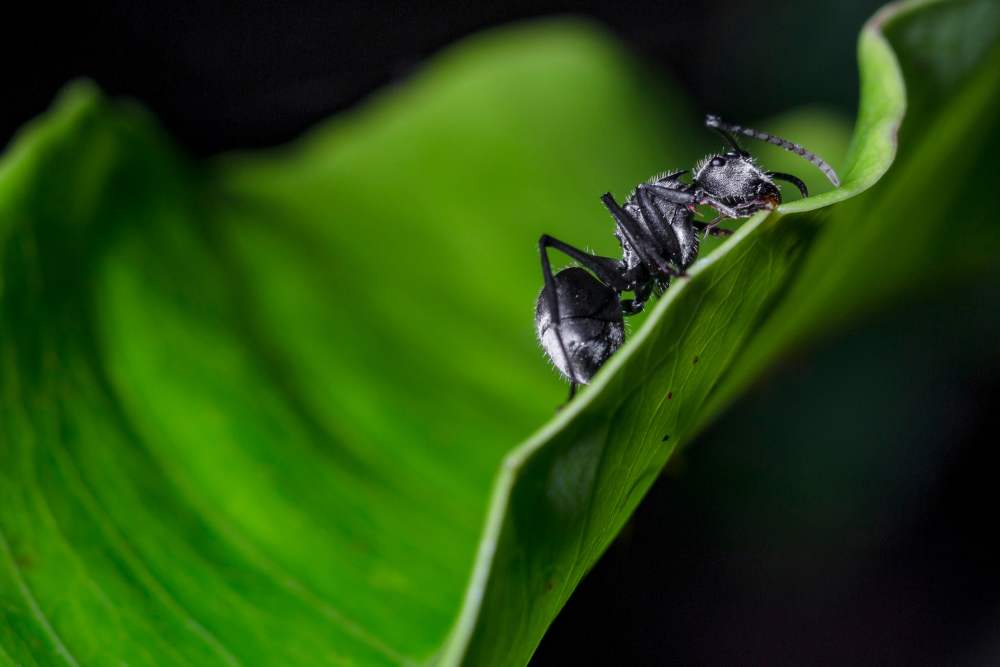
Black Garden Ant Life Cycle
During their two or three-hour flight, the fertile flying ants mate, but many of them are eaten by birds. The males die after the mating flight, but the surviving mated females remove their wings and build individual chambers in ideal nest sites in the soil.
The new queen lays a few eggs and raises the larvae to adult; these adults are her first workers. Subsequent broods of workers that emerge in early spring will care for the queen, rear the larvae, protect the pupal cocoons (the familiar cream-colored so-called “ants eggs,”), and seek food for the queen and as well the colony for the remainder of the queen’s life.
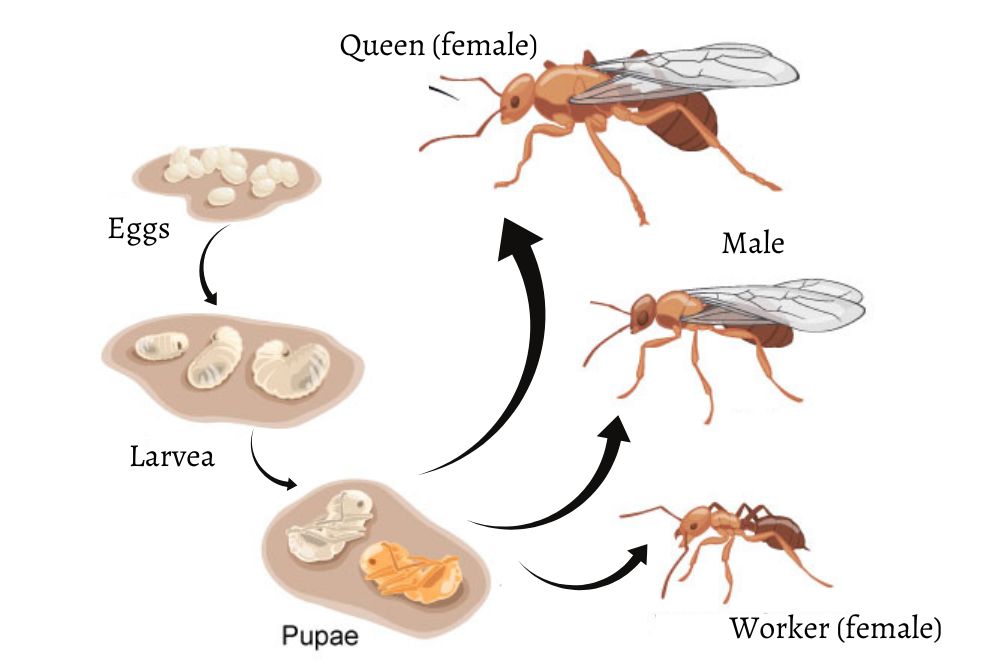
The queen produces special eggs in the early summer that develop into fertile-winged males and females rather than the typical sterile workers. These fertile adults fly to mate later in the summer, and the successful females establish new colonies.
Benefits of Black Garden Ants
Ants are our garden partners that frequently go unnoticed for all they do behind the scenes to ensure the success of a healthy garden. It may surprise you how much they contribute to the functionality of our environments and landscapes.
Here are just a few of the advantages of having black garden ants in your garden. Ants are drawn to the attractive nectar on the buds and roots of many flowers. You may have noticed ants all over the buds of peony plants. While the ants are feeding on the plant’s sweet nectar, they are also defending the plant from dangerous insects that could harm it.
They typically target herbivores and seed-seeking insects, causing them to drop off plants, disrupt their feeding and egg-laying, and therefore decrease the pest population.
Seed Spreading
Black garden ants spread seeds from location to location, generating new growth. Some wildflower species rely entirely on ants to distribute their seeds.
Protection from Pests
Some ant species are predatory, seeking out and consuming garden pests including aphids, fly larvae, and fleas. Black garden ants, like garden-friendly ladybugs, perform the same function but do not have the same reputation for garden-friendliness.
Beneficial Pollinators
Black garden ants, like bees, help transport pollen from blossom to flower. Typically, this occurs as garden ants forage for food, distributing the pollen from the food source to the food source.
Black Garden Ant Control
It is important to keep black garden ant numbers under control and to take all steps necessary to eliminate them from your property. Contact a specialist as soon as you notice a large number of them or suspect they are nesting indoors.
- After identifying all possible nesting places, the ant nests will be soaked in pesticides comprising fipronil, bifenthrin, or permethrin, in combination with granular baits. Drenching the nests will usually eliminate the ant colony, but if required, repeat until the colony is completely extinct. Nests are found by following worker ant trails back to their colonies.
- Bait: Baits are very successful for the black garden ant since they tend to transport their food back to their nest from the source. Professional baits are available at your local food store.
- To cover a larger surface area, dust insecticides are applied to nest entrances with an active colony. DeltaDust is commonly utilized because of its chemical composition and waterproof nature.

- Liquid Insecticides: Certain liquid pesticides are very effective in repelling pests. Remember that these chemical mixes can be dangerous, so keep your attention on and around the ant hill. Keep children and pets away from the product for the time mentioned on the label.
- Exterior Control: Other outdoor pests attract the black garden ant, therefore use measures to control these bugs to keep them away from your property. Landscape mulch should be kept at least a foot away from foundations and no more than two inches thick. Check that your sprinklers are not spraying straight onto your foundation. This can occasionally cause housing components to degrade, creating a soft place for nesting. If you don’t believe in insecticides, you can always pour boiling water on and around Black Garden ant nest entrances. The ants and the colony are visibly destroyed as a result of this.
- Keeping Out: To keep black garden ants out, keep all entry points into the home (doors and windows) closed. If you’re extra cautious, apply caulking to seal cracks and leaks in doors and windows, but don’t overdo it. Focus on the spots where black garden ants frequently enter your home’s foundation. Finally, natural deterrents such as chili pepper, bay leaves, mint, cinnamon, peppermint, salt, pepper, and borax can be used to keep ants away. Spread any of these materials along areas where you’ve observed ants and cracks or other entrances to naturally keep them out.
- 29 Bucket Gardening Ideas for a Lush, Compact Garden - October 30, 2024
- 20+ Chic Boho Bedroom Ideas for a Cozy and Stylish Retreat - June 20, 2024
- 12+ Modern Boho Living Room Ideas to Create a Unique Oasis - June 10, 2024

